Simple Irrigation Checkup for Home Sprinkler Systems
A simple irrigation checkup may reduce outdoor water use by helping identify problems with your irrigation system. An efficient, properly designed and properly installed irrigation system can help to keep landscapes and turfgrasses healthy and attractive. However, irrigation systems not kept in proper operating condition or managed well can waste water. An irrigation system should be maintained and will fall into disrepair without regular checkups. This fact sheet is not intended to provide information on sprinkler system repair or operation but serves to help homeowners identify problems with irrigation systems so a professional irrigation contractor can be contacted for repairs. For information on specific irrigation system repairs, consult the manufacturer manuals or contact a professional irrigation contractor in your area.
The simple irrigation checkup is a three-step process:
Step 1. Check controller settings: Specific watering days may be established by your municipality. Check the controller settings to ensure they are set to water on the appropriate days and times. Most water waste is due to unnecessary or improper start times and lengthy run times. Watering in the heat of the day will result in water that is lost to evaporation. Set the controller to water early in the morning or in the evening. Record current controller settings on the irrigation checkup form (Table 1) and then make necessary changes. Appropriate controller settings reduce water waste and save money.
Step 2. Run each irrigation zone: Turn on each irrigation zone one at a time or set your controller to run through each zone using a test cycle setting. If choosing to run a test cycle of each zone, set a time limit long enough to observe each zone and mark needed repairs, about three minutes.
Step 3. Identify problems and make repairs: While each zone is running, walk through the yard and check each sprinkler head,
noting any that require attention. Flag or mark problems to make them easier to identify
when making repairs.
This simple irrigation checkup is an important step to improving efficient water use
in your landscape. Performing this simple checkup on your irrigation system once each
year to identify problems can help conserve water resources and reduce water bills.
Simple problems, like heads spraying sidewalks, can be easily corrected. Consider
hiring a professional irrigation contractor for more complicated repairs. For more
information, contact the local Oklahoma Cooperative Extension Service office (http://www.oces.okstate.edu).
Simple Definitions of Common Irrigation Terms:
Controller – A “timer” used to set scheduled run times and turn an automatic irrigation system on and off.
Zone – A grouping of irrigation heads in the landscape where irrigation is controlled by a single control valve.
Start time – The time of day an irrigation system is set to begin watering.
Run time – The length of time an irrigation zone is set to water.
Valve – A device that responds to electrical currents from the controller to turn water flow on and off.
Spray head – An irrigation head that puts out water in a fixed stationary pattern.
Rotor – An irrigation head that puts out water in a large rotating stream.
Nozzle – The part of a sprinkler the water exits. In most cases, the nozzle is removable so it can be easily cleaned or replaced. Nozzle shape, size and placement have a direct effect on the distance, watering pattern and distribution of irrigation water.
Rain/Freeze Sensor – A device connected to the controller that prevents automatic sprinkler systems from watering during rain or freezing temperatures (if you do not have a rain shutoff sensor, consider installing one – this is an easy and inexpensive way to prevent water waste).
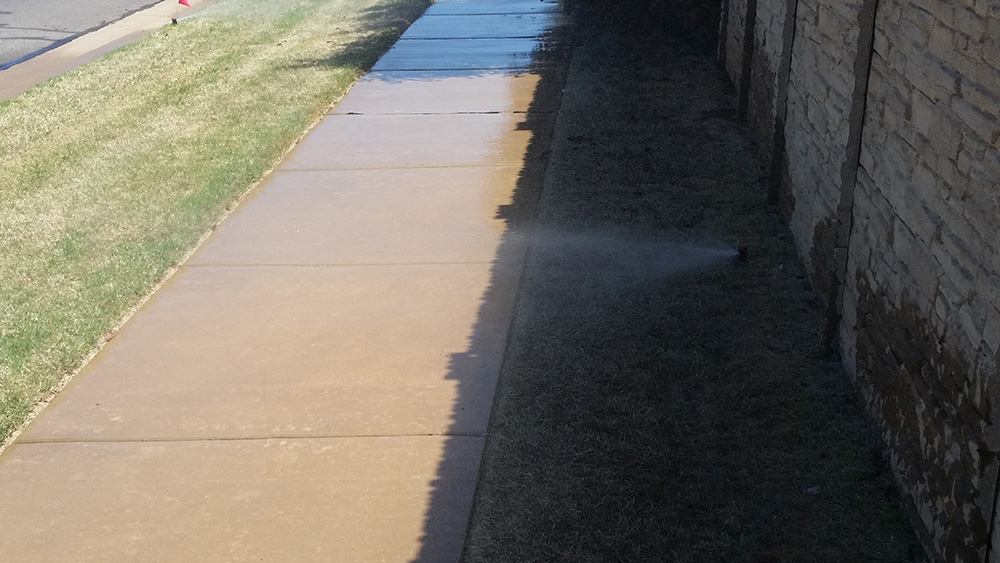
Figure 1. Sprinkler head spraying a sidewalk.
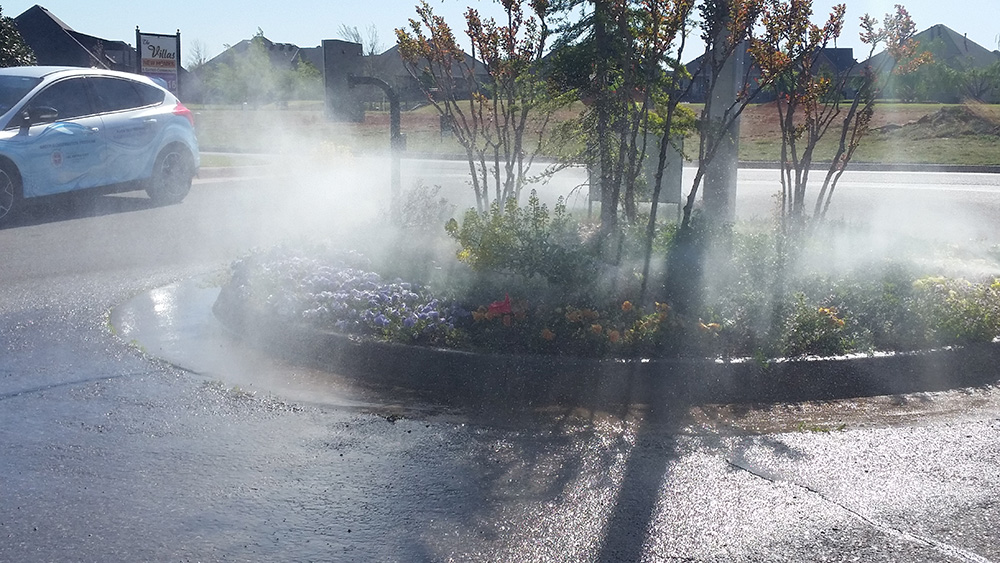
Figure 2. Sprinkler heads with excessive or high pressure causing misting of irrigation water.
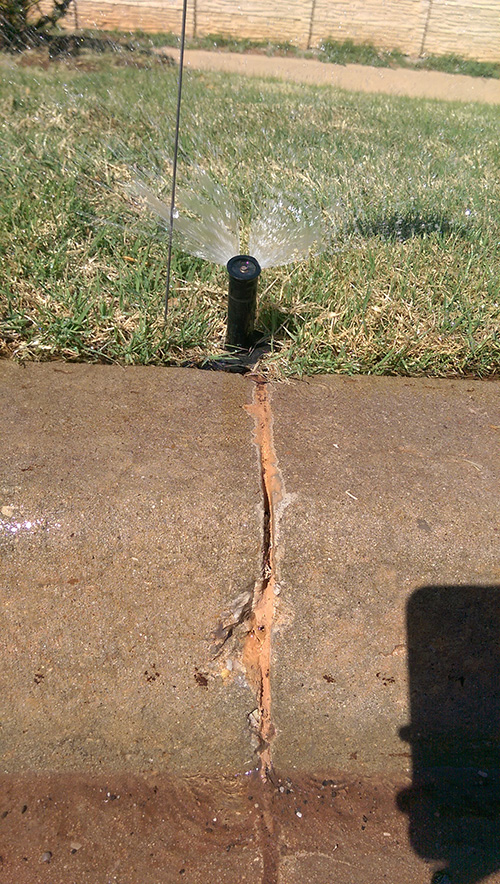
Figure 3. Sprinkler head tilted and out of alignment.
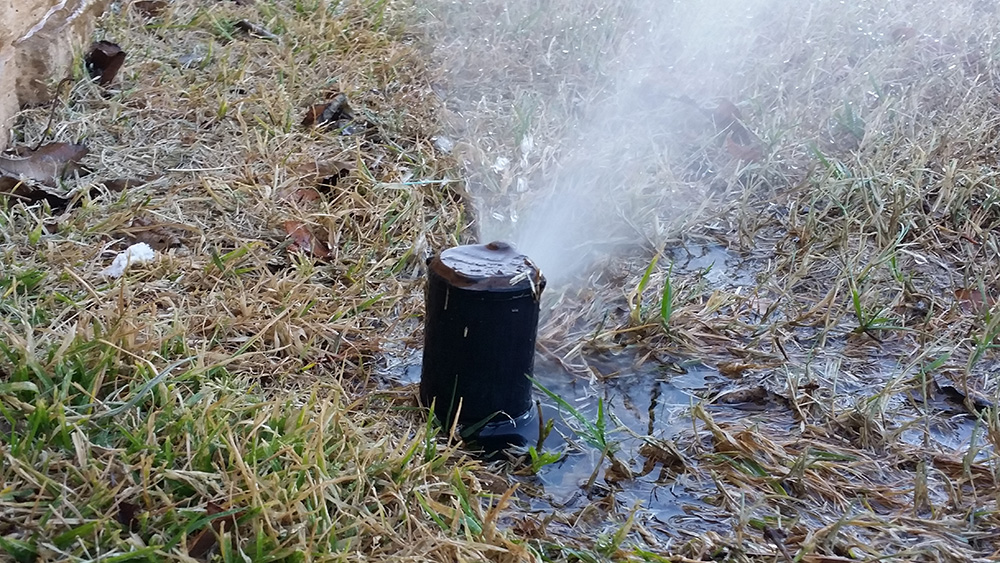
Figure 4. Sprinkler head leaking and causing ponding at the base.

Figure 5. An irrigation zone with a mix of rotors and fixed spray sprinklers.
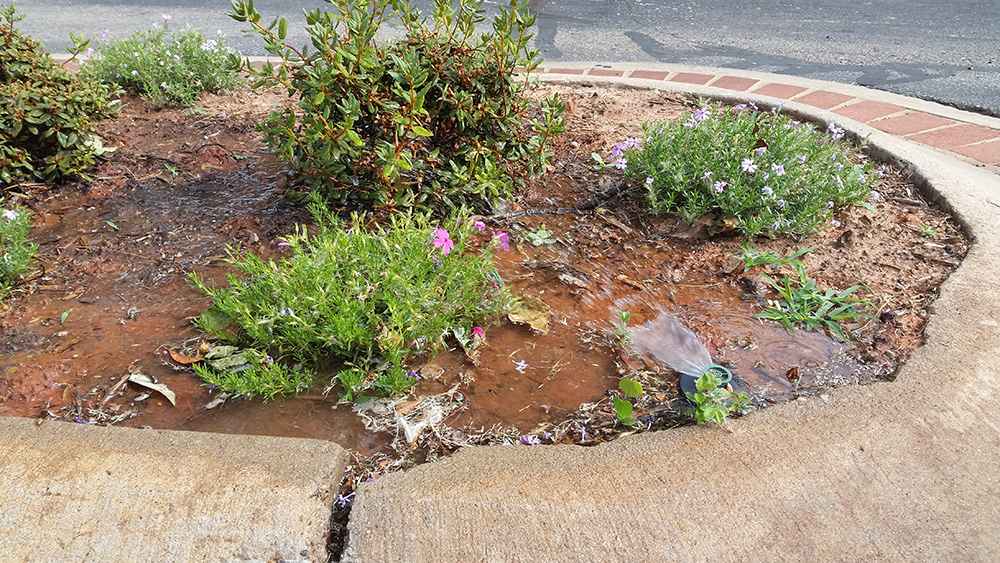
Figure 6. Sprinkler head stuck and failing to fully pop up above the ground.
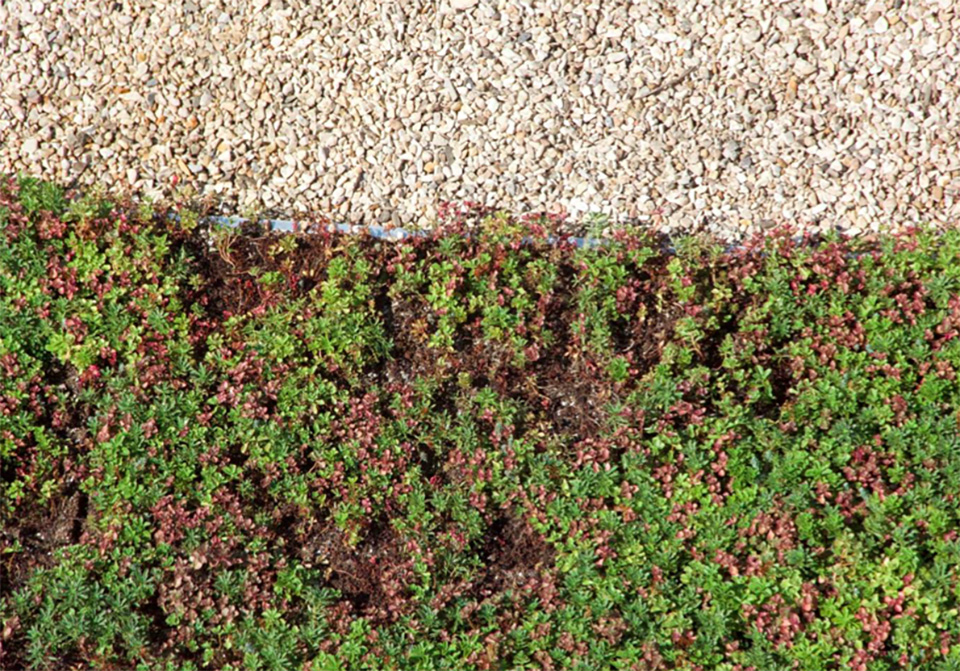
Figure 7. A dry area due to poor sprinkler distribution and uniformity.
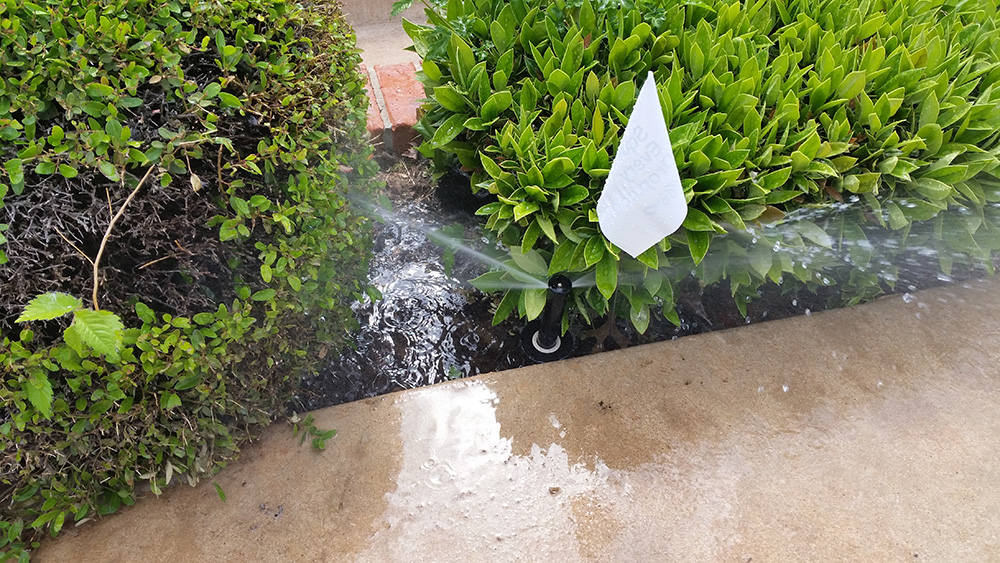
Figure 8. Plants blocking a sprinkler head causing an uneven spray pattern.
Justin Quetone Moss
Research and Extension Specialist
Joshua Campbell
Extension Associate
